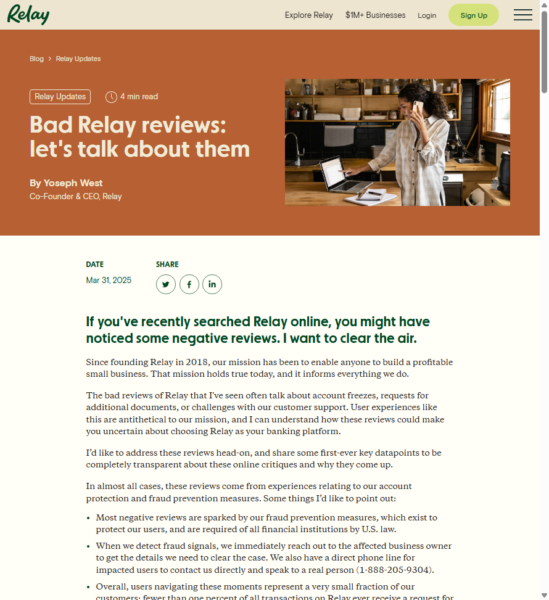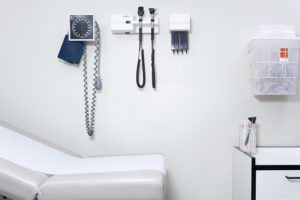According to the National Institute of Neurological Disorders and Stroke (NINDS), the term “cerebral palsy” refers to a number of neurological disorders that appear in infancy or early childhood and permanently affect body movement and muscle coordination. Although cerebral palsy affects muscle movement, it isn’t caused by injuries to the muscles or the nerves themselves. Cerebral Palsy is caused by abnormalities in parts of the brain that control muscle movements.
According to CerebralPalsy.org, the causes of congenital cerebral palsy include medical malpractice. If a infant has been caused to develop cerebral palsy or other birth related injuries as a result of medical negligence, the injured infant and/or the parents of the injured infant may have a legal claim against the provider or the hospital that was negligent.
Lawsuits for birth injuries such as cerebral palsy serve not only to hold the doctor or hospital accountable for their actions, but also to improve the quality of care for other babies.
Early Signs of Cerebral Palsy
Generally, a parent will become aware that their new baby suffered a brain injury during birth because such children typically require intensive medical care as newborns. These babies often require assistance with basic activities such as breathing and feeding. Other signs of Cerebral Palsy may become apparent, such as:
- Delay in development, including rolling over, sitting, crawling, and walking
- Difficulty eating and swallowing
- Abnormal muscle tone
- Inability to hold the head erect
- Difficulty maintaining proper posture
As discussed on CerebralPalsy.org, when diagnosing Cerebral Palsy, a doctor checks a baby’s reflexes and motor skills, and reviews the medical histories of both the mother and the baby, including birth records and fetal heart monitor records. If Cerebral Palsy is suspected, a doctor will usually order a series of tests, including a computed tomography (CT) scan, magnetic resonance imaging (MRI) test, and an ultrasound to obtain an accurate picture of the brain and determine whether the baby was deprived of oxygen during birth. Although many signs and symptoms are readily visible at birth, some appear within the first three to five years of life as the brain of the child develops.










Comments for this article are closed.